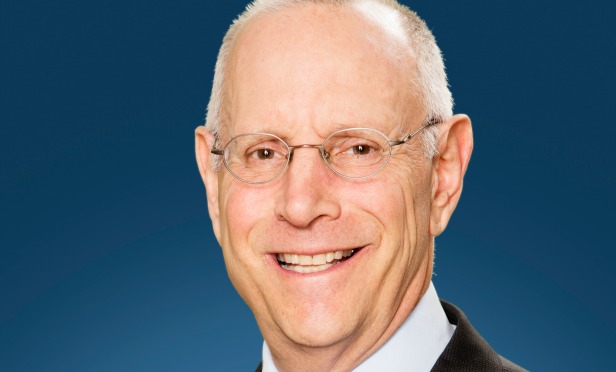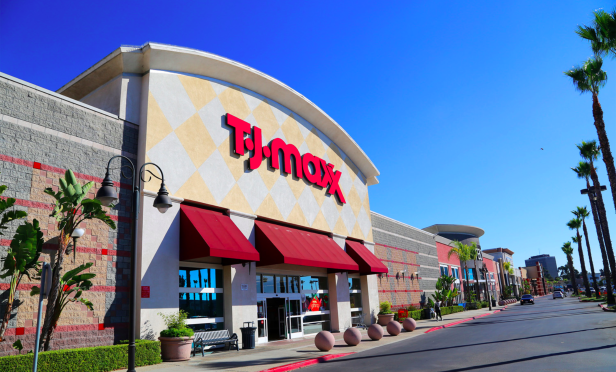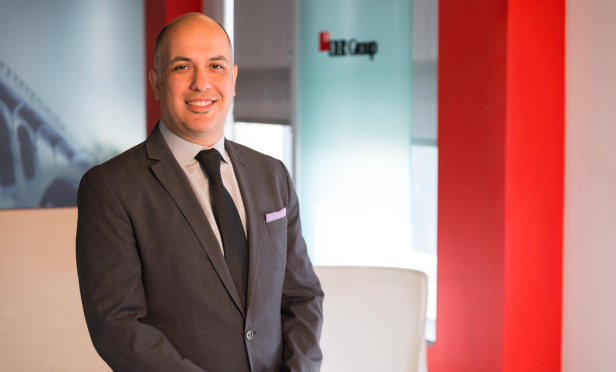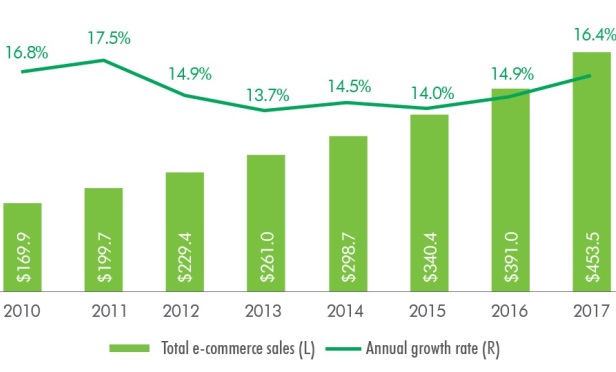 Shapell Liberty Investment Properties is raising the bar on sustainable design for retail shopping centers. Its latest project—The Vineyards, a mixed-use shopping and entertainment center development in Porter Ranch—will feature solar panels, storm water capture systems and car charging stations, among a long list of the latest sustainable features and systems. The shopping center is scheduled to open in the spring of 2019.
Shapell Liberty Investment Properties is raising the bar on sustainable design for retail shopping centers. Its latest project—The Vineyards, a mixed-use shopping and entertainment center development in Porter Ranch—will feature solar panels, storm water capture systems and car charging stations, among a long list of the latest sustainable features and systems. The shopping center is scheduled to open in the spring of 2019.
"The national culture is changing in which we're integrating and accepting into our lives more sustainable products and actions," John Love, VP for Shapell Properties, tells GlobeSt.com. "In California, we've had some major recent droughts, so we are all looking at being more efficient with our water. We know sustainability is something the general public cares about and they are making conscious decisions to support businesses that incorporate and promote more sustainable options."
Shapell has made a commitment to sustainability in its new projects, but Whole Foods and Kaiser Permanente, both tenants at the center, were also committed to creating a sustainable and efficient environment. "Sustainability has become part of our corporate culture as we've been implementing strategies at other properties throughout California, most notably adding solar carports to various apartment projects," explains Love. "As we began designing The Vineyards, we were also fortunate to have a few key initial tenants who were thinking the same way. Kaiser Permanente was committed to have a more sustainable facility, and Whole Foods wanted to integrate their solar PV plan into the building, and install electric vehicle charging stations. It has been a productive, collaborative effort."
In addition to the solar panels, the center will feature LED lights in common areas, to help defray electrical use. Charging stations, 15 total, will be located throughout the project, including two in the Whole Foods, and will be controlled through a mobile app. Additionally, the storm water collection system will be used, in part, to irrigate landscaping. "Shapell Liberty wanted to create at The Vineyards sustainable features that were authentic and would resonate with our future customers. You can't slap on a few eco-friendly features and call yourself sustainable," adds Love. "The initial challenge is to look for ways for sustainable features to create a return on investment. It's not always possible for each feature to be directly justified by a return on investment, but part of our philosophy is rooted in a long-term perspective, and reducing energy and water consumption over time—we believe, will provide value. The other major challenge is the coordination of the various consultants, designers, operators and contractors, together with the City's planning and building regulations to bring the concepts to reality."
Ultimately, Shapell believes that creating more sustainable spaces is "the right thing to do," the firm also believes that it will create a more community-friendly environment and help to reduce costs for tenants. "Our goal was to make people feel good about the project, and to embrace The Vineyards as the centerpiece of the community, and having LEED certifications, as an example, allows us to share the achievements in elevated sustainable design with the community," says Love. "On a practical side, reduced energy consumption will ultimately benefit the tenants by lowering operating costs, which will make us competitive in the local marketplace."
While Love couldn't comment on whether other companies are taking similar steps toward more sustainable retail environments, he said that Shapell will continue to incorporate sustainable systems into its future projects. "I can tell you we are very engaged in incorporating more sustainable designs and features into our properties," he says. "I think the marketplace has matured—there are better designs and better products that are proving their worth. Owners and developers are also responding to evolutions in building codes, many of which require increased sustainability. We imagine that as owners, developers, architects and contractors become more accustomed to integrating these building code changes, it will become more common for owners to work to creatively exceed the code requirements. We also think sustainability will continue to be top-of-mind for consumers, so it will be incumbent upon owners and developers to respond to those expectations."




